Introduction
In a world where pets often mirror our quirks, the wolf dog is a stunning exception. This enchanting hybrid combines the wild spirit of wolves with the loyalty of dogs, creating a companion that’s both majestic and intriguing. But before you sprint to adopt one of these furry marvels, let’s hit the brakes and understand what living with a wolf dog really entails.
These creatures are more than just eye-catching; they embody a mix of instinct, loyalty, and a hint of wildness that can make them exceptional companions. However, they come with their own set of complexities. From their unique lineage to their behavioral traits, understanding wolf dogs is crucial for any potential owner.
Historically, wolf dogs emerged from the early domestication of wolves. Over time, selective breeding gave rise to various wolf dog breeds, blending characteristics of both parent species. This unique heritage contributes to their captivating appearance and sometimes unpredictable behavior.
Wolf dogs often exhibit a range of physical traits, including broader heads, longer legs, and thick fur. Their looks can vary significantly, depending on the percentage of wolf ancestry. This diversity is part of what makes them so fascinating. Yet, it also means that each wolf dog can have a distinct personality.
Care requirements for wolf dogs are not for the faint-hearted. They typically require more space than your average pooch, along with plenty of exercise and mental stimulation. Their diets also demand special attention—high in protein and low in carbs to meet their unique nutritional needs. For those just starting out with a raw diet, check out this Raw Dog Food Diet Starter Pack. It’s a great way to ensure your new furry friend gets the nutrition they need!
Legal considerations cannot be overlooked either. Ownership laws for wolf dogs vary widely across regions. Some places impose strict regulations or outright bans on these hybrids, fearing the potential safety risks associated with their wild ancestry.
This comprehensive guide aims to bring clarity to the complexities surrounding wolf dogs. We’ll explore their history, characteristics, care requirements, and legal considerations. By the end, you’ll be equipped with the knowledge needed to decide if a wolf dog could be the right fit for your home. So buckle up, and let’s embark on this fascinating ride into the world of wolf dogs!
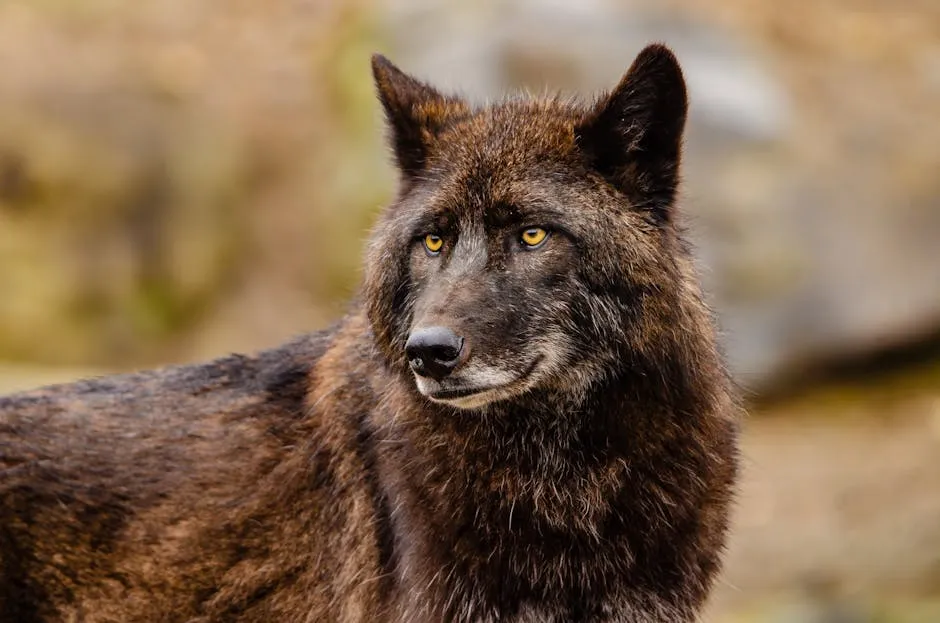
Summary of Key Points
This article provides an in-depth look at wolf dogs, highlighting the combination of wolf and domestic dog traits that define these captivating hybrids. We’ll cover their distinct physical and behavioral characteristics, emphasizing the importance of early socialization and training. Legal aspects surrounding ownership will also be discussed, including local regulations and safety concerns.
Furthermore, we’ll delve into the care requirements necessary for a wolf dog, such as appropriate living environments and dietary needs. Whether you’re contemplating adopting a wolf dog or simply curious about these extraordinary animals, this article aims to offer valuable insights and expert guidance to enrich your understanding.
Prepare to uncover the fascinating world of wolf dogs—a world that encompasses wild instincts, loyal companionship, and the responsibility that comes with such unique pets. And speaking of responsibility, don’t forget to equip yourself with a Pet First Aid Kit—because you never know when that wild spirit might need a little extra care!
The History of Wolf Dogs
Origins of Wolf Dogs
The history of wolf dogs is as wild and fascinating as the creatures themselves. Wolf-dog hybrids have roots that stretch back thousands of years. Early humans began domesticating wolves around 15,000 years ago. This was a time when survival depended heavily on forging strong relationships with these majestic creatures. As humans settled down, they saw the potential in wolves not just as companions, but as collaborators in hunting.
Selective breeding played a pivotal role in the emergence of wolf dogs. Different cultures bred wolves with various dog breeds to create animals that exhibited desired traits. This practice aimed to enhance hunting abilities, protect livestock, or even just to have a quirky companion. Over time, these selective breeding efforts led to the development of specific wolf dog breeds, each with its unique characteristics.
The Czechoslovakian Wolfdog is a prime example of this breeding journey. This breed was created in the 1950s by crossing the German Shepherd with Carpathian wolves. The goal? To create a working dog that retains the wolf’s strength and endurance while being trainable like a domestic dog. It’s a success story that demonstrates the blend of wild ancestry and domestication. If you’re looking for a fun way to celebrate this unique breed, consider getting a Czechoslovakian Wolfdog Plush Toy—perfect for cuddles after a long day!

Role in Human Society
Wolf dogs have held significant cultural importance across various societies. In some cultures, they were revered as symbols of strength and loyalty. They played roles in hunting, helping humans track and catch game. With their keen senses, wolf dogs became invaluable partners in the wilderness. Many indigenous peoples relied on these hybrids for their unique abilities, which often surpassed those of regular domestic dogs.
The Czechoslovakian Wolfdog project is particularly noteworthy. It was initiated not just for the thrill of breeding, but also for scientific research and practical applications. The project’s mission was to create a versatile working dog that could perform various tasks, from herding to search-and-rescue operations. This ambitious breeding program has garnered attention and admiration globally.
Wolf dogs have also made their mark in modern society. They often appear in films and media, capturing the imagination of audiences everywhere. Their striking looks and enigmatic behavior have led to a growing interest in them as pets. However, potential owners must recognize the responsibilities tied to these hybrids. Their wild ancestry means they require dedicated training, socialization, and an understanding of their unique needs. For those looking to dive deeper into training, a Dog Training Handbook can be an invaluable resource!

In conclusion, the history of wolf dogs is marked by a blend of wild instincts and human aspirations. Their origins are steeped in survival and collaboration, making them not just pets but also companions with a captivating past. Understanding this history is essential for anyone considering welcoming a wolf dog into their lives. After all, it’s not just about owning a pet; it’s about embracing a complex and noble lineage.
Characteristics of Wolf Dogs
Physical Traits
Wolf dogs are truly striking creatures. Their appearance often mirrors that of their wild ancestors. They typically have broader heads, longer legs, and thick fur that can vary in color. Depending on their wolf ancestry percentage, they may sport a coat of grey, brown, or even black. Some even exhibit the captivating blue eyes commonly associated with wolves.
In terms of size, wolf dogs can vary widely. An average wolf dog may weigh anywhere from 50 to 100 pounds, but some can tip the scales even higher. Their structure resembles that of a wolf more than a traditional domestic dog, which can make them stand out in a crowd.
When comparing wolf dogs to domestic breeds, the differences can be stunning. For example, a wolf dog’s coat is often denser and more suited for colder climates. This is a nod to their ancestors’ survival in the wild. The muscular build and powerful stance of wolf dogs are other traits that highlight their wild heritage.

Behavioral Traits
Wolf dogs come with a personality that’s as wild as their looks. They often carry a strong prey drive, which means they may chase after smaller animals. This instinct is rooted deeply in their wolf ancestry. They can also be quite independent, which can make training a challenge for inexperienced owners.
Socialization is crucial for wolf dogs. Without proper exposure to various environments and experiences, they may develop skittishness or aggressive tendencies. Their behavior may not always align with that of traditional domestic dogs. Owners must be prepared to invest time and effort into training and socialization from a young age.
Some wolf dogs can exhibit affection and loyalty, while others may be more distant. This unpredictability can stem from their wolf genes, making it essential for owners to understand each individual dog’s temperament. If you’re looking for ways to engage their minds, consider getting some Puzzle Dog Toys—they’ll keep your wolf dog’s brain busy!
In summary, the physical and behavioral traits of wolf dogs are a captivating blend of wild and domestic qualities. Their striking appearance and unique behaviors make them both fascinating and demanding companions. Understanding these traits is key to ensuring a harmonious relationship with these extraordinary creatures.
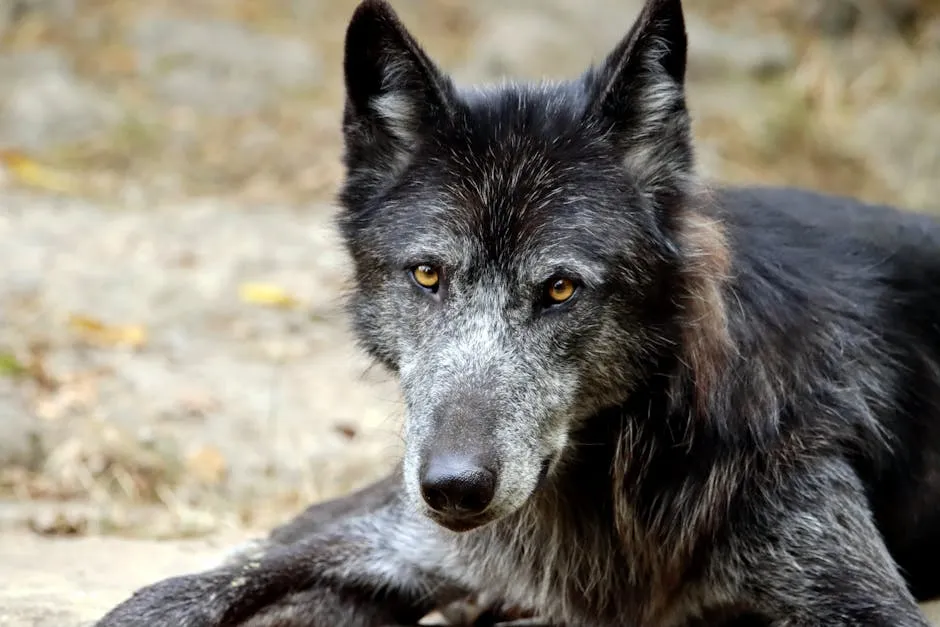
Temperament
Wolf dogs are a mixed bag when it comes to temperament. Some might greet you with a wagging tail and puppy-like enthusiasm, while others may cower in the corner, unsure of their surroundings. This temperament spectrum often depends on their lineage and socialization experiences.
Take Luna, a Czechoslovakian Wolfdog, for example. She was raised in a loving environment but still carried a cautious demeanor. Her owner, Sarah, shared, “Luna is friendly with me but wary of strangers. The first time someone came to the house, she hid behind the couch, giving them the side-eye.” On the flip side, there’s Max, a wolf-dog mix who grew up with a family. Max is the life of the party, greeting visitors with joyous barks and playful antics.
These stories illustrate the unpredictable nature of wolf dogs. Their wolf lineage can make them more skittish or aggressive compared to regular domestic dogs. Early socialization and training are crucial to help them navigate the world confidently.
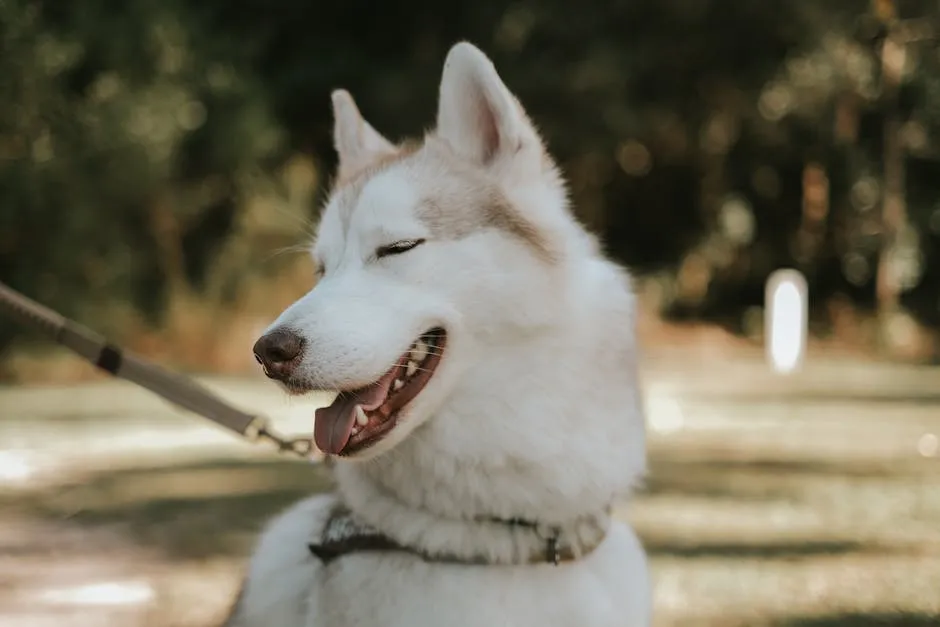
Legal Considerations
Regulations and Laws
Owning a wolf dog? Buckle up! The legal status of these hybrids is a bit of a rollercoaster. In some regions, wolf dogs are perfectly legal, while in others, they’re practically contraband. For instance, states like California and New York have stringent laws against owning wolf hybrids. Meanwhile, states like Texas are more lenient, allowing ownership with the right permits.
Navigating these laws can be tricky. Potential owners should check local regulations to avoid unexpected surprises. Some neighborhoods impose their own rules, which can lead to a wild goose chase of paperwork and permissions.
On top of that, the fear of wolf dog aggression has led to bans in various areas. Authorities often lump wolf dogs with pure wolves, leading to misunderstandings. This mislabeling can result in unfair restrictions that impact responsible owners and the animals themselves. A Canine First Aid Guidebook can also be a useful read for wolf dog owners navigating these waters!

Responsible Ownership
When it comes to wolf dogs, responsible ownership is non-negotiable. Adopting from reputable breeders or rescues is essential. These sources can provide information about the animal’s background, potential behavior, and health.
Being a responsible owner also means ensuring compliance with local regulations. This may involve obtaining permits or licenses, which can feel like jumping through hoops. But hey, better to jump through hoops than face fines or confiscation!
Additionally, fostering a stable environment is crucial. This includes training and socializing your wolf dog from a young age to cultivate confidence. Regular interaction with people, other dogs, and varied environments can make a world of difference. For those outdoor adventures, a Dog Hiking Backpack is a fantastic way for your wolf dog to carry their gear!

In conclusion, owning a wolf dog involves navigating a complex landscape of laws and responsibilities. However, with proper knowledge and commitment, you can embrace the joys of having one of these magnificent creatures in your life.
Care Requirements
Living Environment
Creating the perfect home for a wolf dog requires a bit more effort than your average pup. These majestic hybrids thrive in spacious environments. Ideally, they need a large, securely fenced yard to roam and explore. Think of it as giving them their own mini wilderness! A minimum of an acre is recommended, but the more space, the better.
Wolf dogs are energetic creatures. They require a hefty dose of exercise—daily walks, runs, and playtime are essential. Without enough physical activity, they may become bored and develop destructive behaviors. To help with this, a Large Dog Crate can be a safe space for them when you need to step out!

To keep their minds sharp, mental stimulation is crucial. Puzzle toys, scent games, and agility courses are fantastic ways to engage their curious minds. You can also create an obstacle course using natural elements in your yard. This not only challenges their physical abilities but also taps into their instinctive problem-solving skills.
Socialization is another key aspect of their living environment. Expose them to various people, animals, and environments from a young age. This will help them grow into well-rounded companions. Remember, a wolf dog is not just a pet; it’s a lifestyle commitment!
Diet and Nutrition
Now, let’s talk food. Wolf dogs have specific dietary requirements that set them apart from traditional dogs. Their diet should be high in protein—think beef, chicken, turkey, and fish. Fresh, high-quality meat is a must!
Avoid feeding them processed foods or fillers. Instead, consider a raw diet or high-quality kibble specifically designed for large breeds. Some wolf dog owners opt for a prey model diet, which mimics what their wild ancestors would consume. This can include raw meat, bones, organs, and some fruits and vegetables. Don’t forget to supplement with Omega-3 Fish Oil Supplements for Dogs to keep their coat shiny!

Balance is key. Wolf dogs also need healthy fats to maintain energy and a shiny coat. Omega-3 fatty acids from fish oil or flaxseed can be beneficial. Be sure to consult with a vet knowledgeable about wolf dog nutrition to craft the best meal plan tailored to your pup’s unique needs.
Training and Socialization
Let’s get real—training a wolf dog isn’t for the faint of heart. Early socialization and training are critical to ensure a well-behaved companion. Start as soon as you bring your pup home. Basic obedience commands like sit, stay, and come should be taught using positive reinforcement techniques.
Consistency is your best friend. Keep training sessions short, fun, and engaging. Use treats, praise, and play as rewards. Remember, wolf dogs are intelligent but can also be a bit stubborn. Patience is essential! And for those training sessions outdoors, a Dog Training Pads can help keep your space clean!
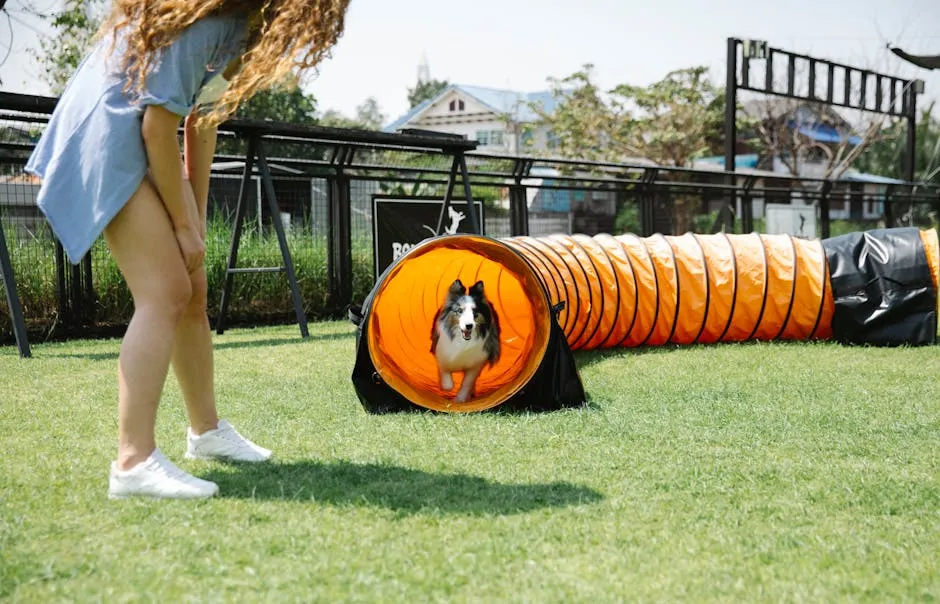
Consider enrolling in training classes specifically designed for wolf dogs or similar breeds. This can provide additional guidance and help you connect with other owners facing the same challenges.
Socialization is equally important. Expose your wolf dog to different environments, people, and other dogs regularly. This helps prevent skittishness or aggression later on. A well-socialized wolf dog is a happy wolf dog!
In summary, caring for a wolf dog is a rewarding adventure. By providing the right living environment, proper nutrition, and consistent training, you’ll foster a strong bond with your wild-hearted companion. Embrace the journey, and you’ll be rewarded with a loyal, loving friend who truly embodies the spirit of the wild.
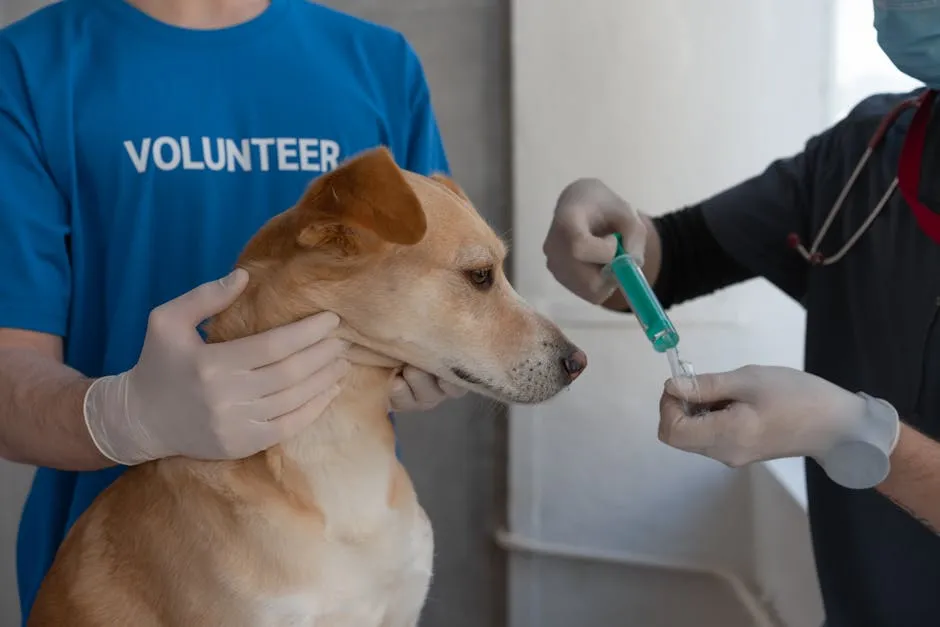
Conclusion
Owning a wolf dog is like signing up for an adventure. It’s rewarding yet demanding, a blend of wild spirit and domestic loyalty. These hybrids are not your average pets; they come with a unique set of needs and behaviors that can take you on a rollercoaster of experiences.
As we’ve discussed, wolf dogs are a fascinating mix of wolf and dog traits. They can be loyal companions, but they also demand understanding and commitment. Their wild instincts often shape their behavior, making them unpredictable at times. This unpredictability can be both thrilling and challenging for owners.
Potential wolf dog owners must approach this responsibility with an open mind and a willingness to learn. Research is crucial. Understanding their history, physical traits, and behaviors can empower owners to provide the best care possible. You wouldn’t want to jump into this adventure without a map, right?
Additionally, the importance of proper training and socialization cannot be overstated. Without these, wolf dogs might develop behavioral issues that can lead to conflicts. It’s essential to expose them to various environments, people, and animals early on. This effort helps in shaping them into well-adjusted companions. And if you’re looking for a guide, a Dog Behavioral Training Book can provide invaluable insights!

Legalities surrounding wolf dogs can add another layer of complexity. Some regions have strict ownership laws, which can sometimes feel like navigating a minefield. Always check local regulations to avoid any pitfalls.
So, if you’re considering inviting a wolf dog into your home, be prepared for a journey filled with challenges and joy. With dedication and proper understanding, you can forge a bond that transcends the ordinary pet-owner relationship. After all, you’re not just adopting a pet; you’re welcoming a wild-hearted companion into your life!
FAQs
What is a wolf dog?
A wolf dog is a hybrid between a domestic dog and a wolf. These intriguing creatures showcase traits from both species, resulting in unique appearances and behaviors. Essentially, they are not mere pets; they embody a complex blend of wild instincts and loyalty.
How do wolf dogs behave compared to domestic dogs?
Wolf dogs often exhibit stronger instincts, such as independence and a high prey drive. While domestic dogs are typically more trainable and eager to please, wolf dogs can be more challenging. Their wild heritage means they might be less social and more cautious, requiring extra patience and effort in training.
Are wolf dogs good pets for families?
Wolf dogs can be suitable for some families, but it depends on the family dynamics. They thrive in active households that can provide ample exercise and mental stimulation. However, families with young children or those seeking a low-maintenance pet might want to consider other breeds.
Can wolf dogs be trained like regular dogs?
Training a wolf dog can be more complex than training a domestic dog. While they can learn commands, they often require more time and consistency. Positive reinforcement methods work best, along with early socialization to help them adapt to various situations.
What should I consider before adopting a wolf dog?
Before adopting a wolf dog, consider several factors. Assess your living situation, as they need ample space and exercise. Research local laws regarding ownership, as they can vary greatly. Finally, ensure you have the time and resources for training and socialization to help your wolf dog thrive.
Please let us know what you think about our content by leaving a comment down below!
Thank you for reading till here 🙂
All images from Pexels





